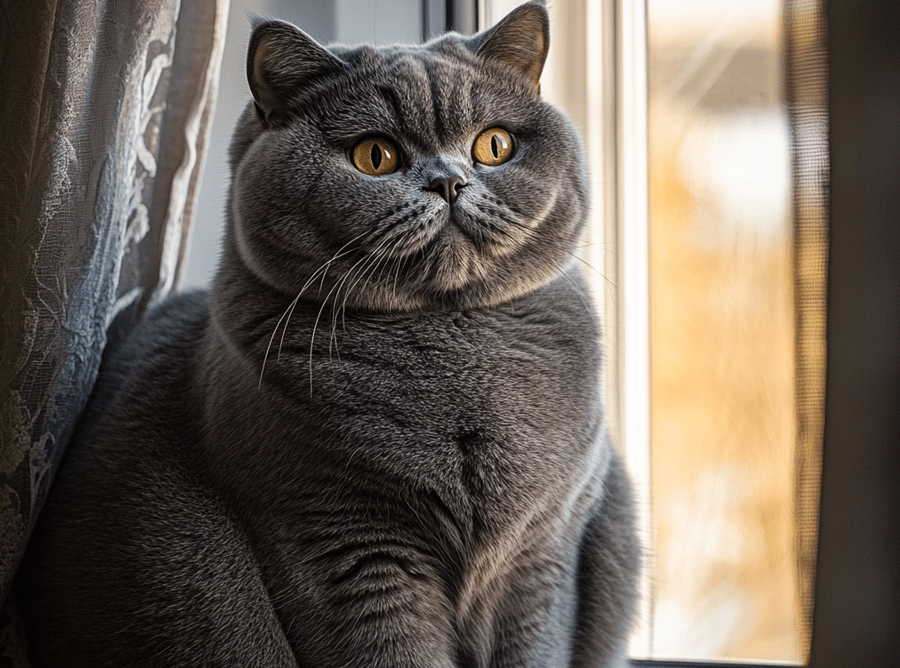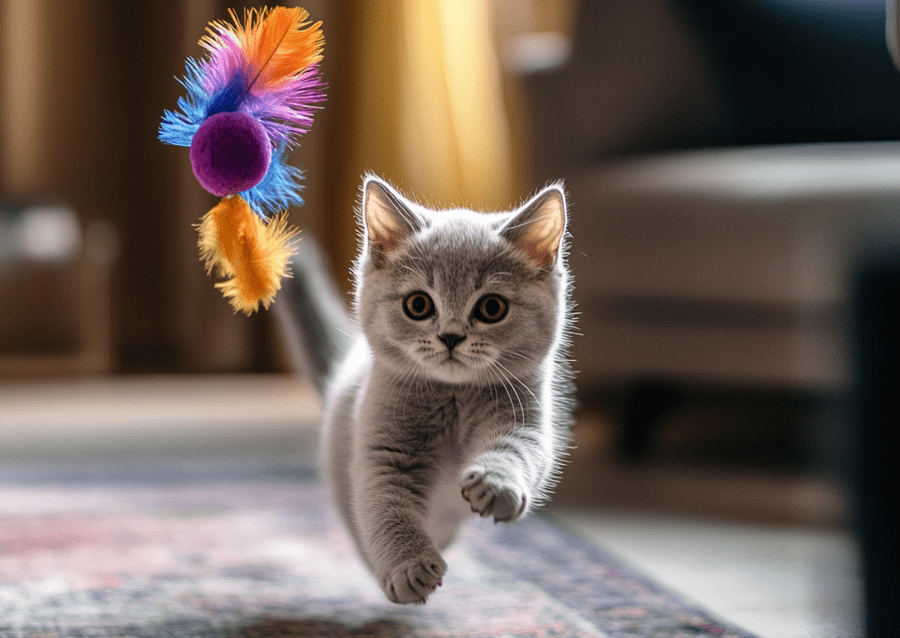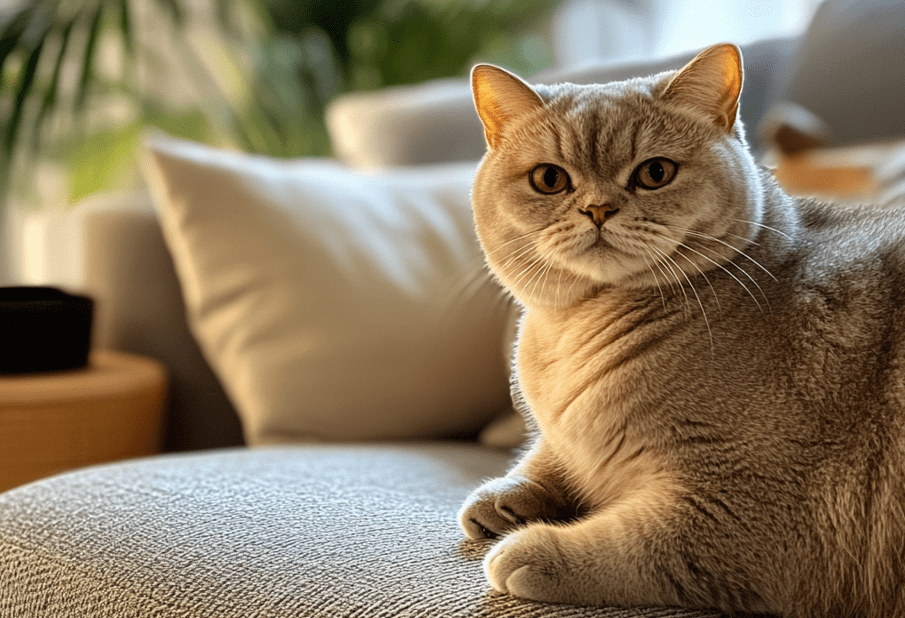
Taking care of a British Shorthair cat is not like taking care of other cats. British Shorthair cats are known for their calm temperament and soft coat. Although they generally don’t require maintenance, they still need specific care to stay healthy and happy. This guide will tell you about the necessary steps for proper care for a British Shorthair cat, which will include everything from nutrition to grooming and exercise. Make sure your cat meets with the veterinarian regularly. Brush your cat’s teeth, change its litter box, and brush regularly. Keep your British Shorthair cat healthy by providing nutritious food. Help overcome your cat’s natural tendency towards laziness by providing opportunities for play and movement.
Daily Care Essentials
Litter Box Management
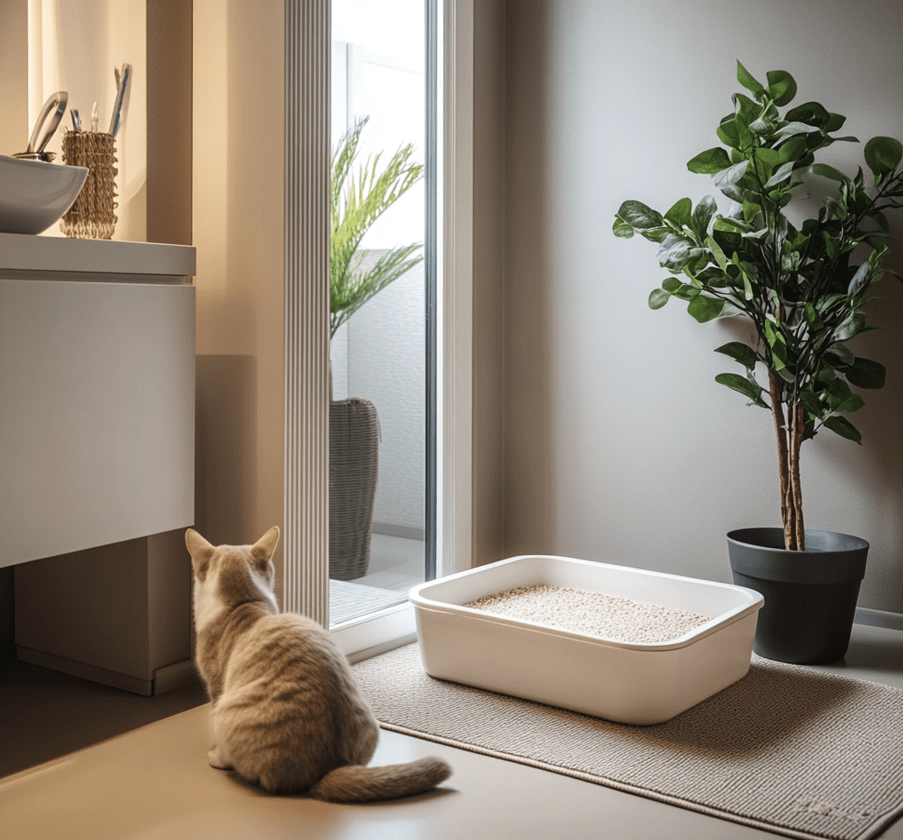
When you welcome a cat into your home, you need to make them feel comfortable and acceptable. Your British Shorthair needs a litter box. British Shorthairs are not small, so you should get a large litter box. Ideally, the tray should be as long as your grown British Shorthair and 50% longer than your cat.
You should keep two litter boxes for a cat in your home. British Shorthair cats need their litter box emptied of waste daily. The litter should be replaced at least once a week, and in some cases up to two days. Check if the litter box has accumulated litter, odor, and wetness. These are all signs that it’s time to change the litter.
Place the litter box where your cat can get some privacy and feel secure. For example, place it somewhere away from the busy areas of the house. Don’t put it in noisy areas of the house (like near stoves or dryers) and don’t place it near their food or water. If you have a multi-story house, keep one litter box on each floor. Don’t put too much litter. Most cats don’t like litter boxes filled deeper than two inches.
Food and Water Arrangement
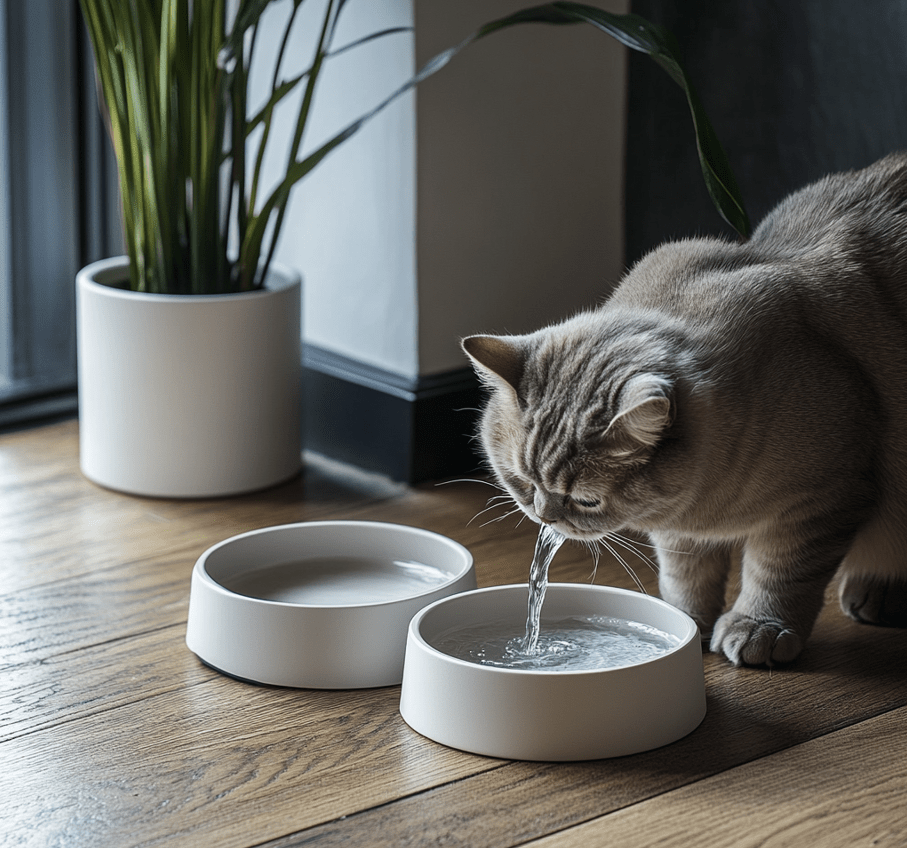
It’s better to choose ceramic or stainless-steel food and water bowls instead of plastic ones. Cats can easily scratch or tear plastic, creating a convenient breeding ground for bacteria, viruses, and mold. For water, a fountain can be a good alternative as most cats prefer flowing water. Hydration is extremely important to avoid UTI, kidney disease, bladder stones, and similar issues.
Comfortable Living and Care
Although your kitten will probably sleep wherever they want, they should have a comfortable bed. Choose something with a washable cover – it should be big enough to hold a full-grown British Shorthair. When selecting an appropriate carrier, consider how much weight and size it can hold. A British Shorthair can weigh up to 8 kg and can be up to 46 cm tall and 64 cm long.
Cats scratch to trim and file their nails, as well as extend their bodies. Scratching is also very important for nail, joint, and muscle health. If they don’t have a specific place to do this, they’ll find the next best thing, like your furniture. You should have at least one scratching post, and a horizontal scratching mat is also a good idea.
Health and Wellness
Primary Health Care
When you first get your British Shorthair cat, check its health and medical records. Take it to the veterinarian to determine when it can be spayed or neutered, and create a schedule with the vet to ensure your cat gets regular checkups (at least twice a year). Reputable breeders should have already given initial vaccinations and deworming medication, but your cat may need additional vaccines and will still need regular checkups. Also, your shorthair cats should be neutered or spayed as soon as possible.
Dental Care
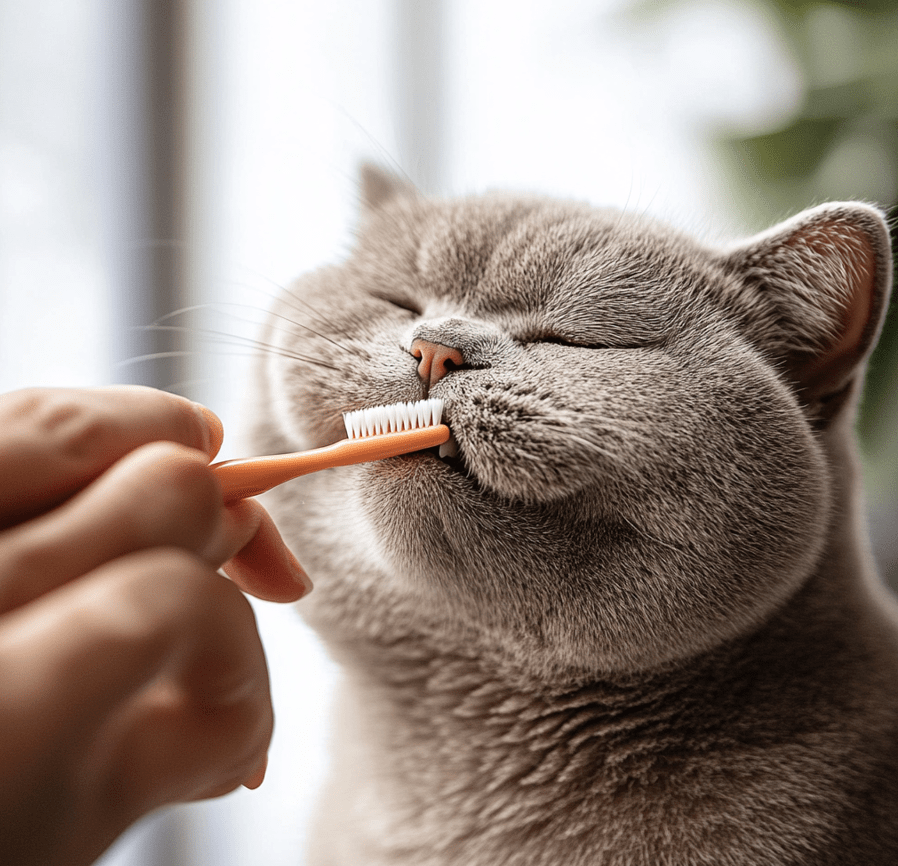
British Shorthair cats have a particular risk for gingivitis, so brush your cat’s teeth daily using a specially made cat toothpaste. To get your cat used to tooth brushing, let them lick something tasty from the brush – like a snack or some chicken broth. Then, let your cat sit comfortably somewhere. Add toothpaste to the brush, then part your cat’s lips and gently scrub the teeth in up and down motions. Talk to your cat throughout the process to keep them comfortable.
You can use a finger brush – a small plastic device that fits nicely on your fingertip. Finger brushes have very small bristles suitable for cat teeth. Like human toothpaste, cat toothpaste comes in various flavors like malt, tuna, etc. Find a flavor your cat likes to make the process more enjoyable.
Skin Care and Health Monitoring
If you see your cat excessively licking, chewing, or biting, something might be wrong. Check the cat’s skin for redness, lesions, and irritation. These symptoms and behaviors can be caused by any condition including flies, infections, or allergies. Consult your veterinarian for more information and provide as much information as possible about when your cat’s skin problems first appeared and what kind of behaviors the cat engages in. If your cat continues chewing or scratching for a long enough time, you may also notice bald patches that look like burns on the skin.
Creating a Comfortable Environment
Playing Methods with Toys
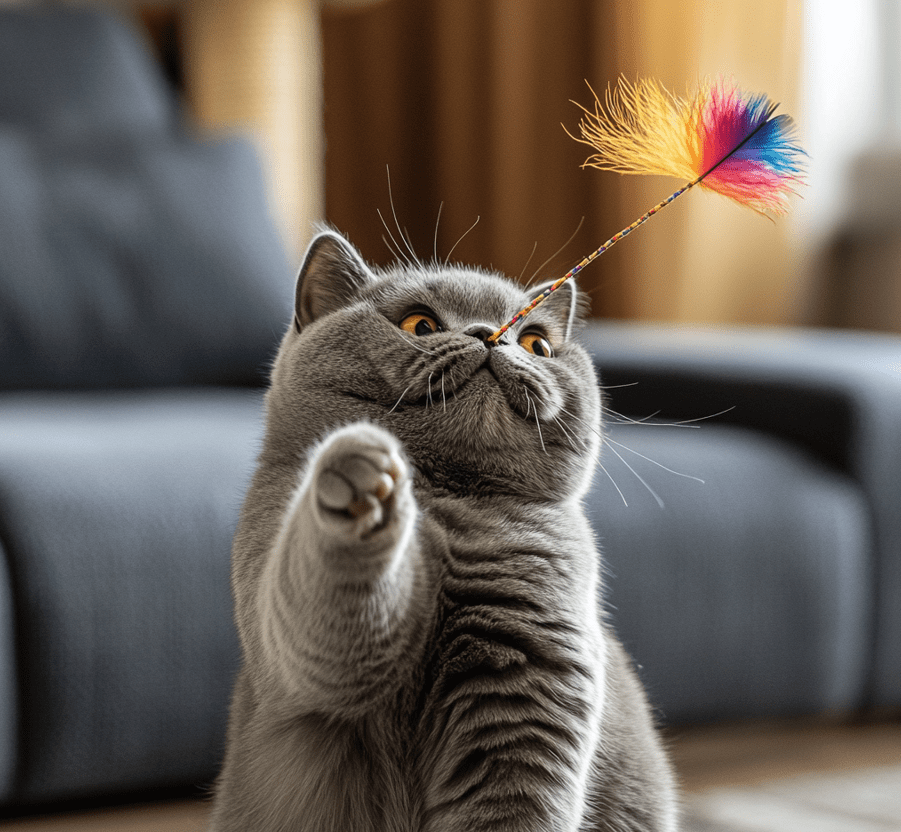
Give your cat a teaser toy. Teaser toys look like small fishing rods, with a ball or fuzzy bit attached to a string hanging from the end of a long stick. You can use these toys by holding them above or near your cat, then swinging them back and forth. Your cat can strike or catch the object, pushing it back at once.
Repeat several times to keep your cat’s reflexes and coordination sharp.
Playing with Balls and Laser Pointers
Throw a ball for your cat. British Shorthair cats love chasing small moving objects. Throw a small ping pong ball or piece of paper across the room for them to chase. When your cat chases it, throw it again.
Use a laser pointer. A laser pointer will be a lot of fun for your British Shorthair cat to chase. Chase the laser pointer to a spot on the floor. When your cat attempts to “catch” the laser point, relocate it to a different location, then another, etc. This game gives your cat great fun. However, remember that laser use is controversial because the cat doesn’t actually get the satisfaction of catching prey.
Other Play Equipment
Let a large paper bag lie around if you can supervise. Your British Shorthair cat will have lots of fun exploring the empty space inside a large paper bag. And when it gets tired of exploring, your cat will have more fun tearing the bag with its claws. Before leaving your bag out, cut off any handles to avoid choking hazards. Don’t leave any type of bag – paper or plastic – for your cat to tear up if you can’t supervise the play.
Provide climbing structures. You can easily get a carpeted cat house (conveniently padded all around) from your local pet store. Your cat will enjoy exploring multiple levels of the cat house. Any type of multi-level climbing structure that encourages your cat to jump and climb can help it get necessary exercise.
Litter box Training
First, you need to find a place in your house – where you’ll keep a litter box – and make it more enclosed with fencing. Don’t put the litter box in a high-traffic area; it’s better to place it in a corner. Remember, cats prefer privacy. Also, loud noises or sounds can frighten your cat.
Here I want to mention that your kitten should be trained to use the litter box as soon as it reaches 3-4 weeks of age. Often, the power of instinct helps a kitten find the litter box and understand what to do there. If it doesn’t understand, you’ll need to help by moving the litter with your hand.
For extra time, the kitten memorizes where the litter box is located, and you can start making the area a little more open with the litter box, but not too much because your kitten might get frustrated. This way, the kitten adapts to the room and always knows where to run to use the litter box.
And even if you do everything right, “surprises” can sometimes happen – please don’t get annoyed and always be patient. Kittens are like babies and need some time to learn new things. If your kitten doesn’t use the litter box, never yell at it or hit it, as it will see the punishment not for doing its business in the wrong place but for the process itself and will hide better next time – somewhere in a dark corner. Instead, pick it up and place it in a litter box and move the litter with its paw so it understands that using the litter box is much more comfortable.
Managing Their Unique Coat
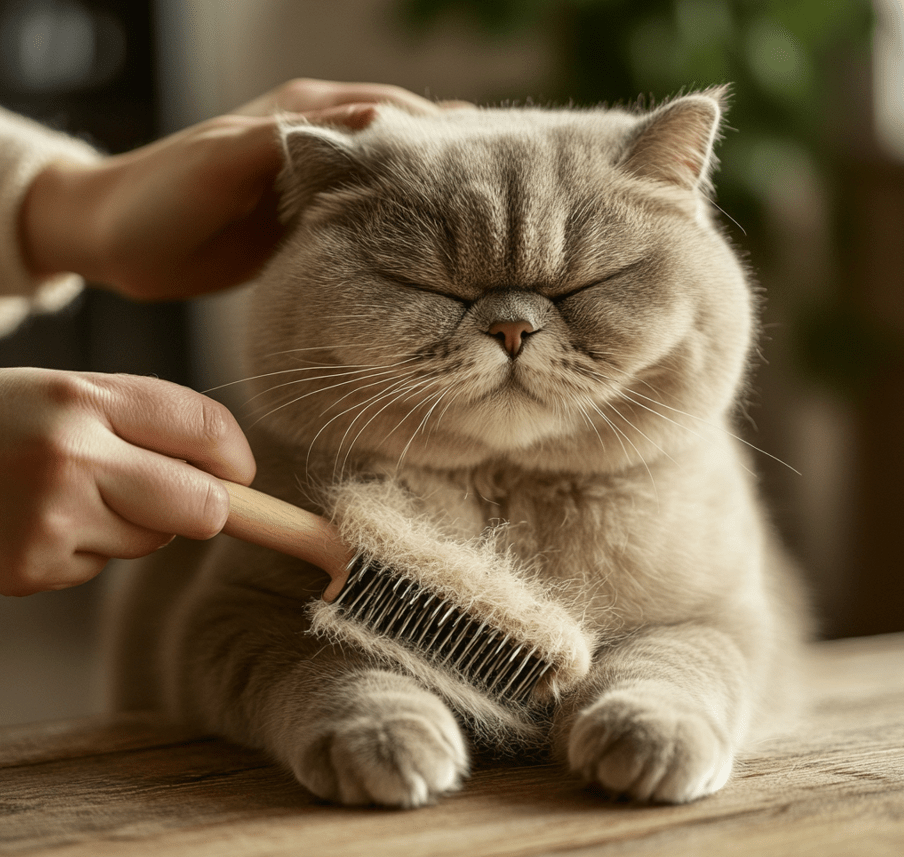
Although British Shorthair cats have short coats, they should be brushed regularly (at least once a week) to prevent shedding. If you notice knots or mats in the cat’s fur, they should be brushed out as soon as possible. Use a firm-bristled comb or brush to remove dead hair and distribute oils throughout the skin.
Brush more frequently during spring and fall when your British Shorthair cat sheds. Also brush more often when your cat gets older and may not engage in self-grooming with the same level of consistency and enthusiasm as before.
To keep your British Shorthair’s fur looking fresh, we recommend regular brushing with a tooth comb or rubber brush once a week after regular brushing. This will help remove their loose hair and prevent shedding.
To keep your cat comfortable during the grooming process, don’t forget to brush your British Shorthair’s coat in the direction of hair growth. This will make your grooming experience with your cat more enjoyable.

